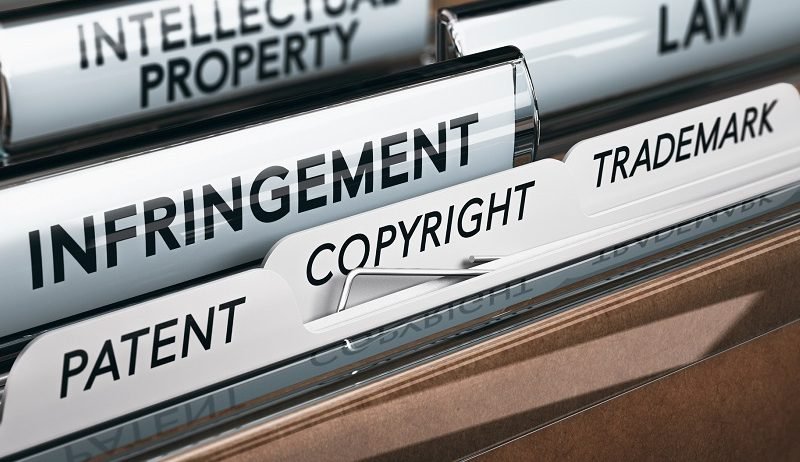copyrights and fair use
As I explore intellectual property, copyrights, and fair use, it is important to understand some of the basic ideas’ behinds these. Under the fair use doctrine, people may make a limited use of the original author’s work without asking for permission (Stims, n.d.) Courts will consider four primary factors in determining whether a particular use qualifies as “fair”, such as plagiarism, copyright infringement, attribution, and transformation.
Plagiarism can be defined as stealing or taking someone else’s work and claiming it is your own original work (Bailey, 2013). “Work” includes ideas, words, images, and more. A common example is a student copying information from Wikipedia, word for word, in their essay or assignment without citing their source or attributing the original copyright holder.
brock university library
Whereas plagiarism has more to do with ethics, copyright infringement is a construct of the law (Bailey, 2013). You see, copyright law gives the creator of these works certain rights. For instance, copyright holders can reproduce their work, distribute copies of it, or publicly display their work. Writing an authorize sequel to book would constitute as copyright infringement. A famous example is Fifty Shades of Grey by E. L. James. The novel was originally a fanfiction based on the Twilight novel by Stephenie Meyer and was titled Master of the Universe. The original version, the Master of the Universe, was an unauthorized derivative work based on Twilight. To get her book published, E. L. James had to remove any elements of or references from the original work (Lizerbram, 2015). Instead, her use was transformative, which I will get into later.
Creative Commons (CC) licenses all contain an attribution clause (“How to give attribution”, n.d.). Attribution is about crediting a copyright holder according to the terms of a copyright license. More than 90% of CC photos are not attributed to the original copyright holder (Foster, 2015). In fact, 90% of the photos that do credit the original work are attributed improperly. An example of attribution is using a CC-licensed material and including the title, author, source, and license next to it.
Transformation is another factor that is used to determine if a particular use is fair. Like the name suggests, the original copyrighted work has been transformed from its original appearance or nature that the use no longer qualifies as infringing (Stim, n.d.). The example I used earlier about Fifty Shades of Grey is a famous example of transformation. Although Meyer has stated she has no intention of suing James, any potential lawsuits would have been dismissed. That is because, unlike Master of the Universe, Fifty Shades of Grey has been transformed in such a way that is bares little resembles to either Twilight or the original fan fiction. Another example of transformative is book scans by libraries for the purpose of providing full-text search engines, preservations, and electron access for those who could not read the print versions (n.d.).
References
Bailey, J. (2013, October 7). The difference between copyright infringement and plagiarism. Plagiarism Today. https://www.plagiarismtoday.com/2013/10/07/difference-copyright-infringement-plagiarism/
Brock University Library. (2014, September 2). What is plagiarism and how to avoid it. [Video]. YouTube. https://www.youtube.com/watch?v=Pmab92ghG0M
Foster. (2015, March 4). How to attribute creative commons photos. Foster. https://foter.com/blog/how-to-attribute-creative-commons-photos/
How to give attribution. (n.d.) Creative Commons. https://creativecommons.org/use-remix/attribution/
Lizerbram, D. (2015, February 17). Copyright fair use: Fifty shades of grey. Keep It Legal Blog. https://lizerbramlaw.com/2015/02/17/copyright-fair-use-fifty-shades-grey/
National Association of REALTORS. (2018, January 3). Window to the law: How to avoid copyright infringement. [Video]. YouTube. https://www.youtube.com/watch?v=6HQHsLpdBqo
Process Arts. (2011, October 12). Creative Commons licences explained. [Video]. YouTube. https://www.youtube.com/watch?v=4ZvJGV6YF6Y
Stim, R. (n.d.) Fair use: What is transformative? Nolo. https://www.nolo.com/legal-encyclopedia/fair-use-what-transformative.html
Tepp, S. and Oman, R. (2015, October). A 21st century copyright office: The Conservative case for reform. Hudson Institute. White Paper: Center for the Economics of the Internet. https://www.hudson.org/research/11772-a-21st-century-copyright-office-the-conservative-case-for-reform
share this:




Be the first to reply